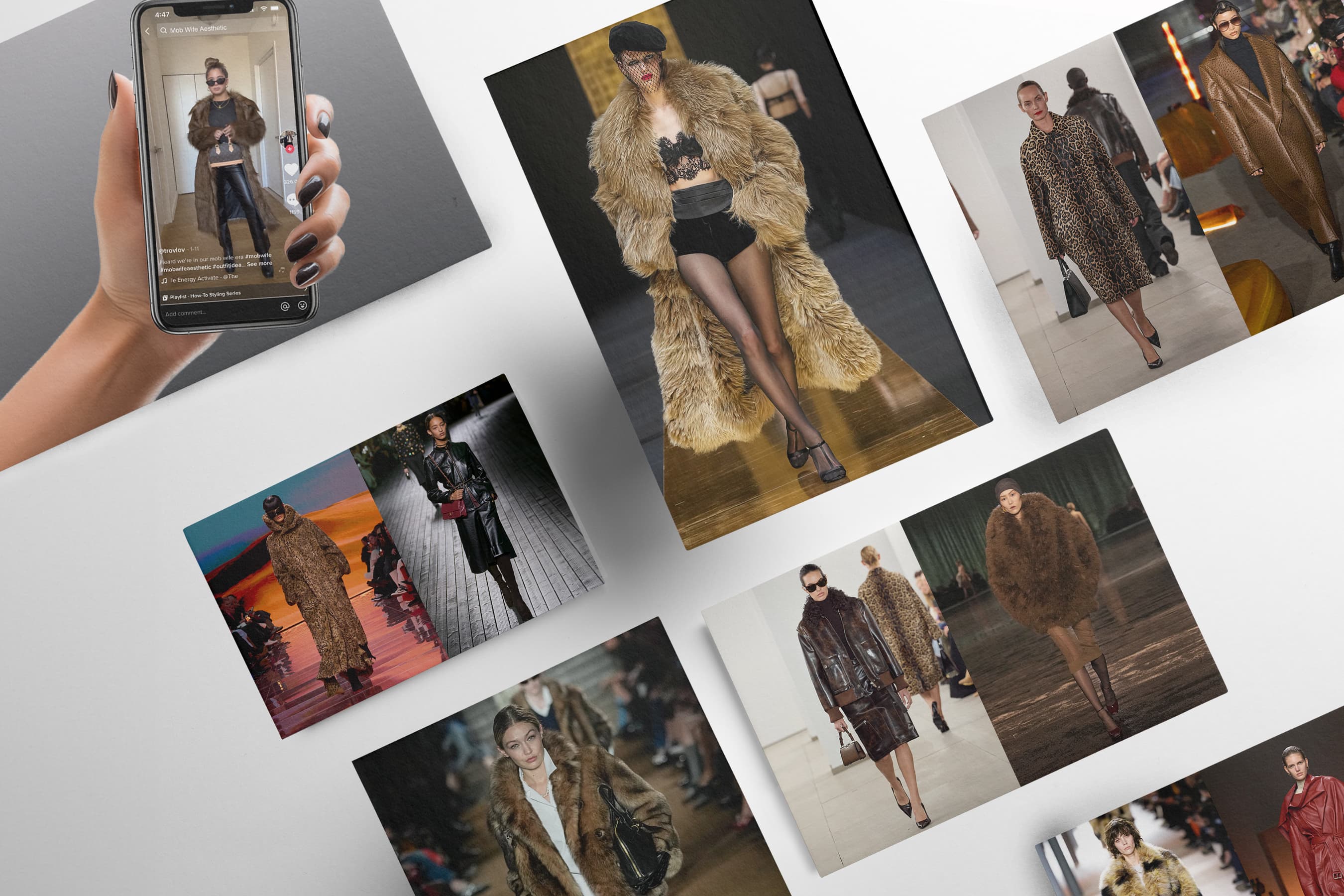Keeping up With the Rapid Rise and Fall of TikTok Aesthetics Provides Both Logistical Difficulties and Huge Opportunities – Here’s How to Navigate Them
By Mark Wittmer
A month into 2024, the first significant TikTok “aesthetic” of 2024 clearly emerged: the mob wife. Balancing a tongue-in-cheek reappropriation of 80s excess with a genuine embrace of over-the-top feminine power, the look embraces all things fur coat, red lip, leopard print, pearl, and leather in a kind of pastiche of characters like Connie Corleone, Carmela Soprano, or Elvira Hancock.





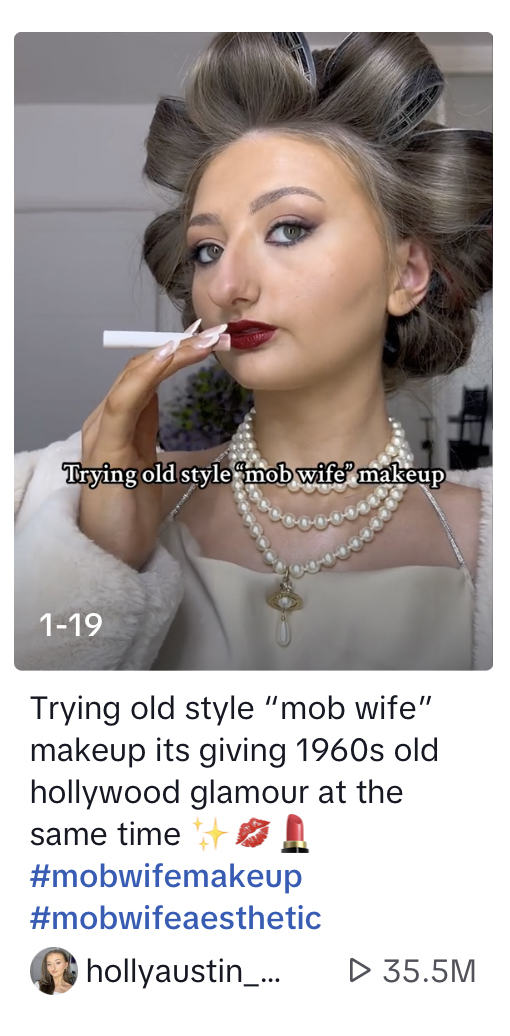
This new aesthetic territory, which has generated millions of views on TikTok, comes as a sharp response to the bougie minimalism of the “clean girl” aesthetic that dominated much of the latter half of 2023 social media fashion trend discourse with its vision of bougie minimalism.



The suddenness and sharpness of this turn raises once more the question of how much stock the fashion industry ought to put in trends – a question which has become especially topical yet nebulous as the digital age has vastly accelerated the pace at which these trends hit, changing a predictable ebb and flow into a whirlpool – or several. How should luxury respond to social media trends? Is it smart – or even feasible – to keep up with the rapid rise and fall of TikTok aesthetics?
Index
The Designer Perspective
From the perspective of brands and designers actually putting clothing and accessories into production, it doesn’t seem to make sense to make a push to keep up with digital trends. The rhythms of luxury production and TikTok aesthetics seem, for the most part, just too incongruous.
The corporate takeover of fashion has already pushed the fashion calendar to a high speed that will probably prove to be unsustainable. While the major fashion houses owned by the likes of LVMH and Kering have huge teams and resources at their disposal, enabling them to release major seasonal women’s and men’s collections twice a year plus resort, pre-fall, pre-spring, and special capsules and collaborations, just putting on two runway shows a year is a major logistical and financial strain for independent designers. For brands at both of these scales, but especially the latter, shifting gears to speed up the design and production process to keep up with a niche trend is probably just not feasible.
For heritage houses, there’s a question of brand image involved as well. While a Dior or a Gucci may have the resources to rush a mob wife-inspired capsule into production, the brand’s existing customers may be put off by this potentially out-of-character nod to the mood of the moment – especially if the trend is already waning by the time the capsule is actually released.
It’s true that after the Fall 2024 fashion weeks in February we did see some roundups bringing together mob-wife-esque looks from several major shows. But these had more to do with coincidence, timing, and a few styling choices rather than an intentional effort to play into the trend, especially as the design process for a collection can begin six months or more in advance of its runway show. The frequent fur coats felt exemplary of the more abstract hyper-texture trend that has been developing and found full expression this season rather than a quick capitulation to TikTok whims.


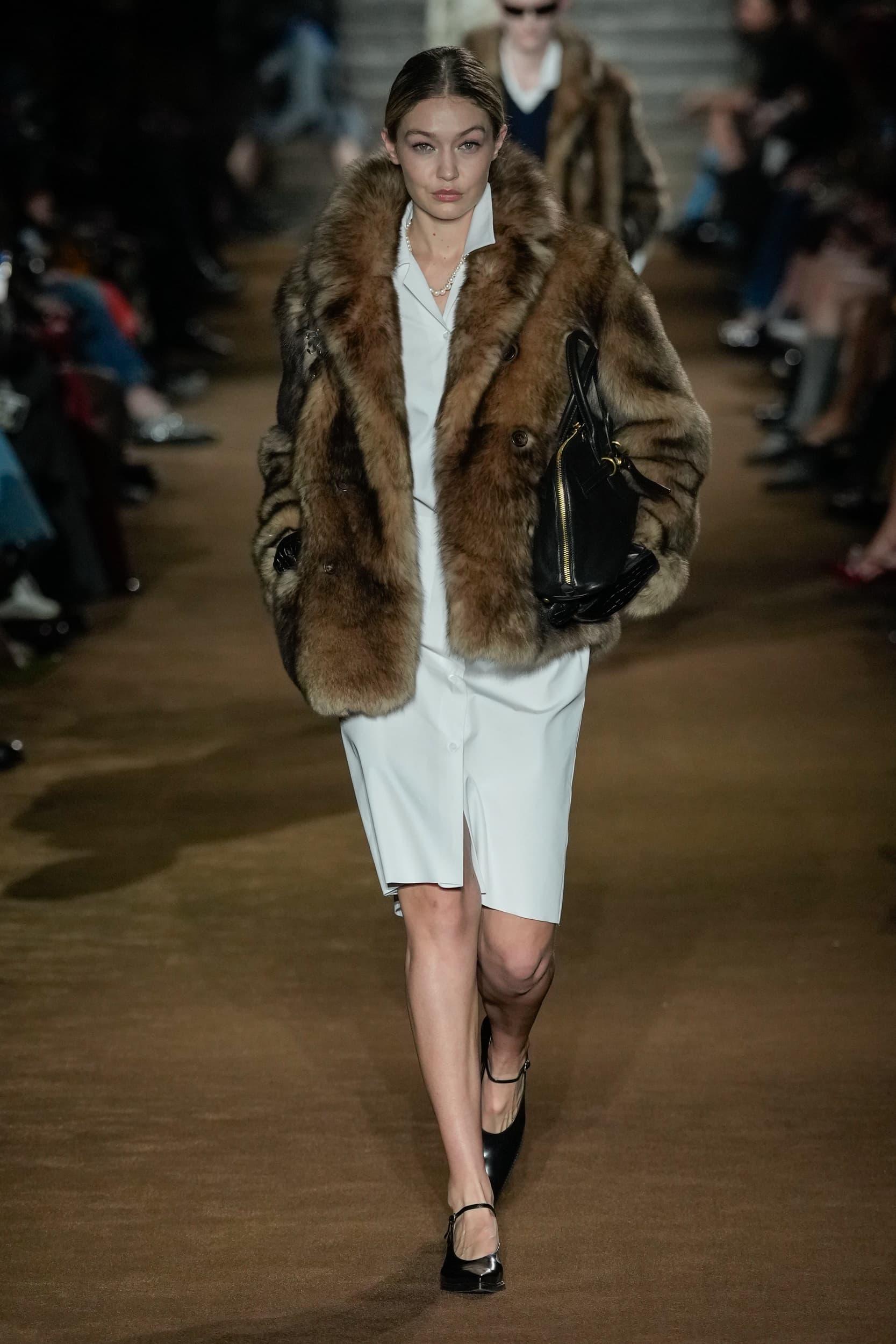


Another reason why fashion brands (at least non-fast-fashion brands) might be ill-advised to put too much stock into the buzz of TikTok style trends is that much of this hype is tied into Gen-Z’s penchant for thrifting and vintage. The thrift haul is a huge genre on the platform, and has significant crossover with its many fashion and style communities. On resell platform Depop, searches for fur coats were already up 18 percent half way through January, while searches for leopard print are up a whopping 213 percent. Though fans of a trend may be many, the percentage of them who are buying new luxury may be minimal.

There are, however, a few special exceptions to these rules. Designers that happen to have established aesthetics that align with current trends may be much better able to pivot and open themselves up to the digital discourse. The most notable example of this is of course Miu Miu, where Miuccia Prada’s longstanding penchant for fusing enigmatic intellectualism with a sensitive exploration of the complexities of young womanhood propelled it to brand-of-the-year status for 2023 – the year that TikTok’s aestheticians dubbed “the year of the girl.” Other brands whose practice already incorporates motifs of the “girlhood” or “coquette” aesthetics, like Vivienne Westwood, Simone Rocha, Sandy Liang, and Shushu/Tong, have also enjoyed increased attention while those categories are trending.
But how to position oneself in response to these shifting tides of style trends is much more often not a question of design, but of marketing, with repercussions that especially extend across retail.
The Marketing Perspective
Design itself may not be the avenue through which to capitalize on these kinds of social media trends, but the way in which one communicates and connects with potential customers certainly can be. With a similar forward-thinking pace as designing collections, major seasonal campaigns – which are often finished months before their release – probably aren’t the best way to make a marketing push into the realm of the mob wife. But smaller, digital-forward activations that can be executed with quick turnaround can be a great way to tap into the conversation – especially as this is the kind of content that thrives on the platforms where this conversation is happening.
Brands can still participate in and put their own stamp of ownership on the “aesthetics” discourse by leaning into the type of content that drives engagement on the platform and partnering with the creators that are defining the trends. The tried and true method of the unboxing video is one such example. Brands can partner with influencers and creators who are notable leaders in a certain aesthetic category by sending them a key product (be it a bag, a pair of shoes, a smaller accessory, or even fragrance) and have them show how they would incorporate it into their own personal style. A similarly effective approach is the shopping spree: invite an influencer into a boutique and have them show which pieces they would pick for their mob-wife wardrobe.
Celebrity dressing and street style offer a similarly powerful solution to tapping into these short-term trends. If a trend is peaking during awards season, curating an on-trend red carpet look for a brand ambassador could be an excellent way to go viral on TikTok, driving engagement back to the brand. Partnering with well-known street style influencers during fashion week can be a similarly powerful way to get eyes on a brand’s unique perspective on the aesthetic mood of the moment.
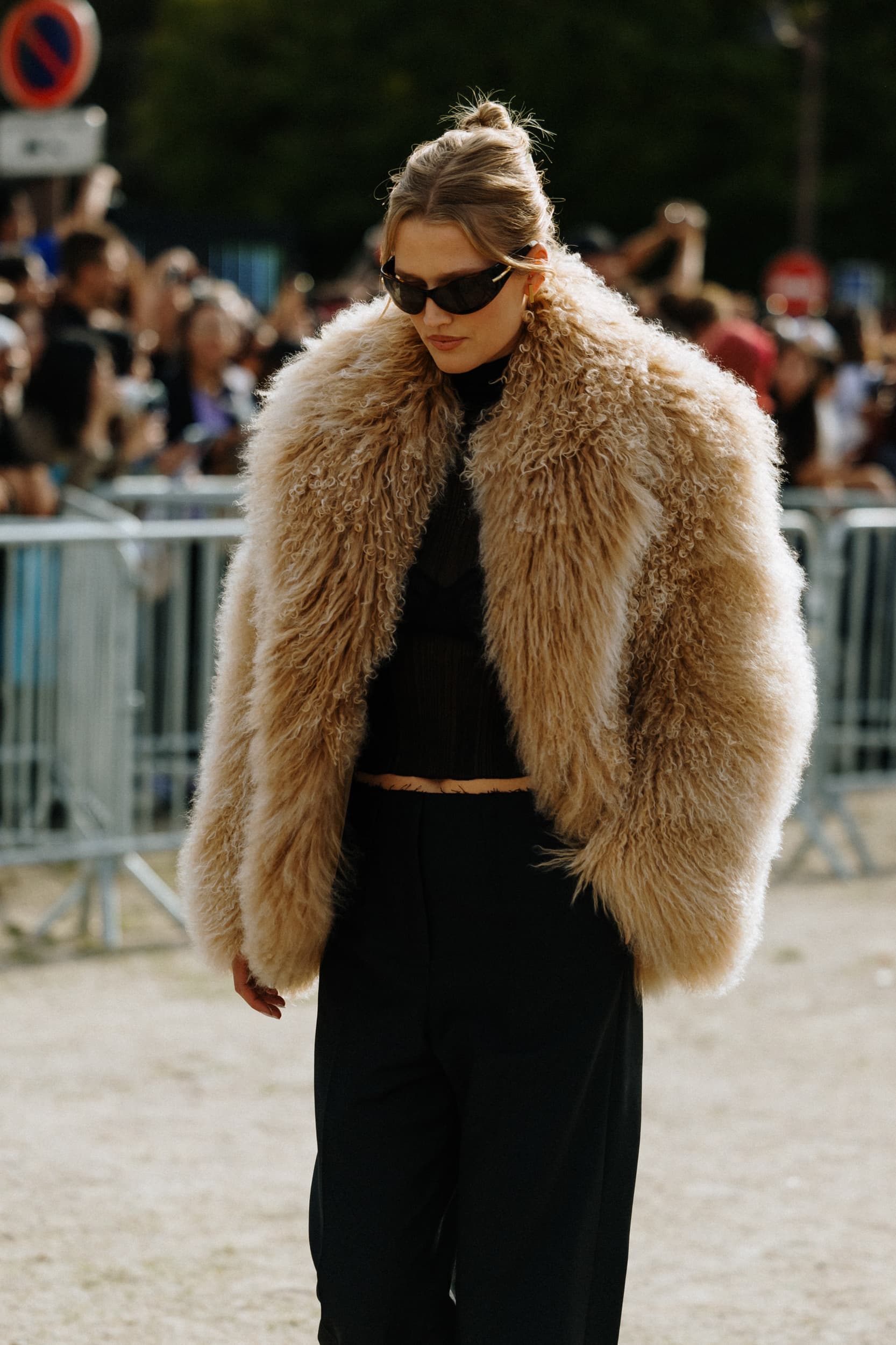


The Retail Perspective
As smart retailers are marketing themselves as brands of their own, many of the same opportunities for social media communication that capitalizes on trend hype present themselves.
But retailers also have unique opportunities of their own to further lean into these micro-movements and leverage their unique toolsets while flexibly adapting to the ebb and flow of social-media discourse. For online retailers, and especially those that follow a wholesale model and have a broad range of inventory ready to ship, curating a shoppable lookbook or even just a retail edit can be a quick and easy way to put trend-worthy stock front and center – a strategy that Ssense, for example, has utilized to great effect. Announce it with an Instagram post or, perhaps even better, an email blast, and watch the aesthetic aficionados flock. While it may take a bit more work due to the specialized and individual nature of their inventory, this can be a strong approach for vintage and resale-focused sites as well.

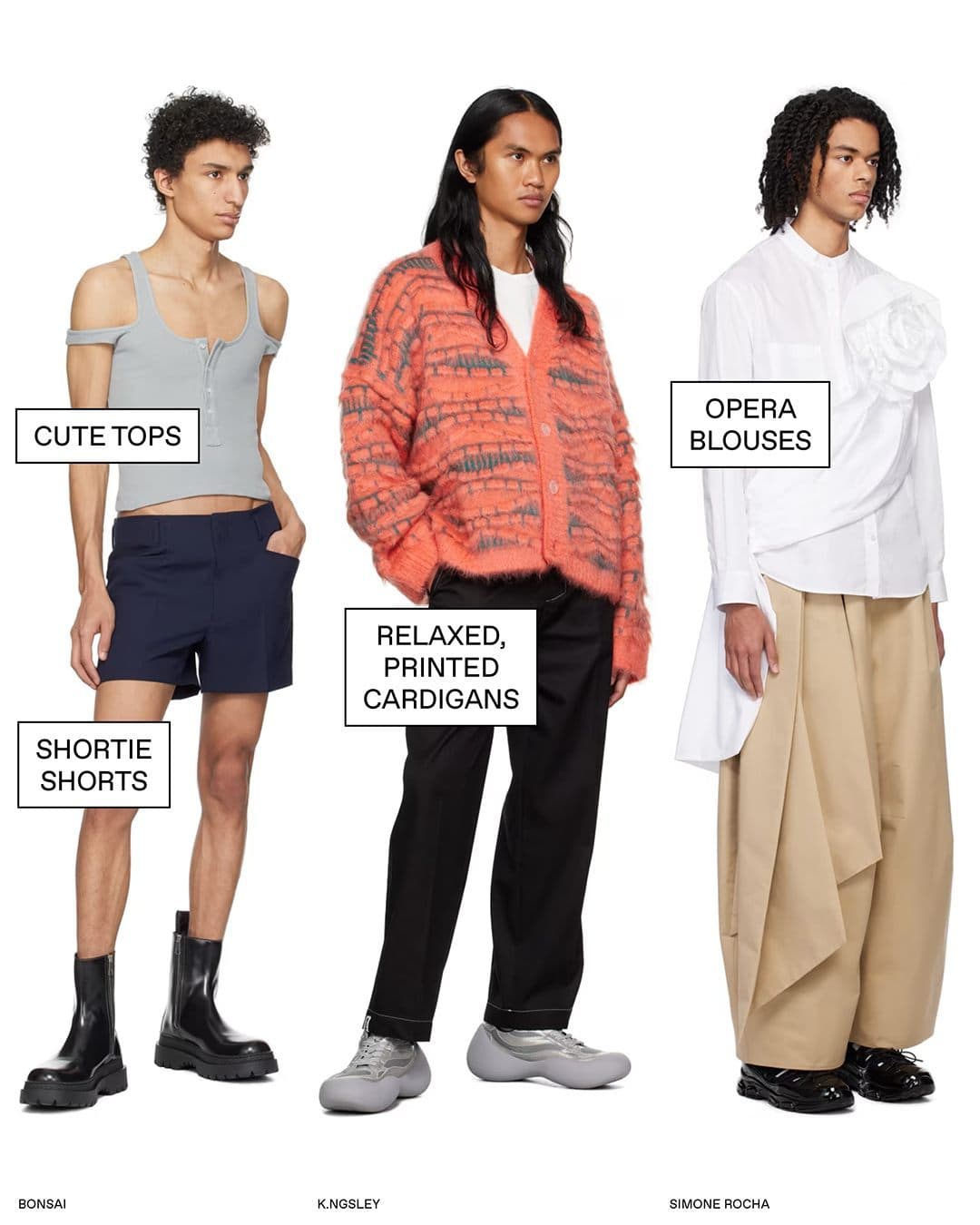
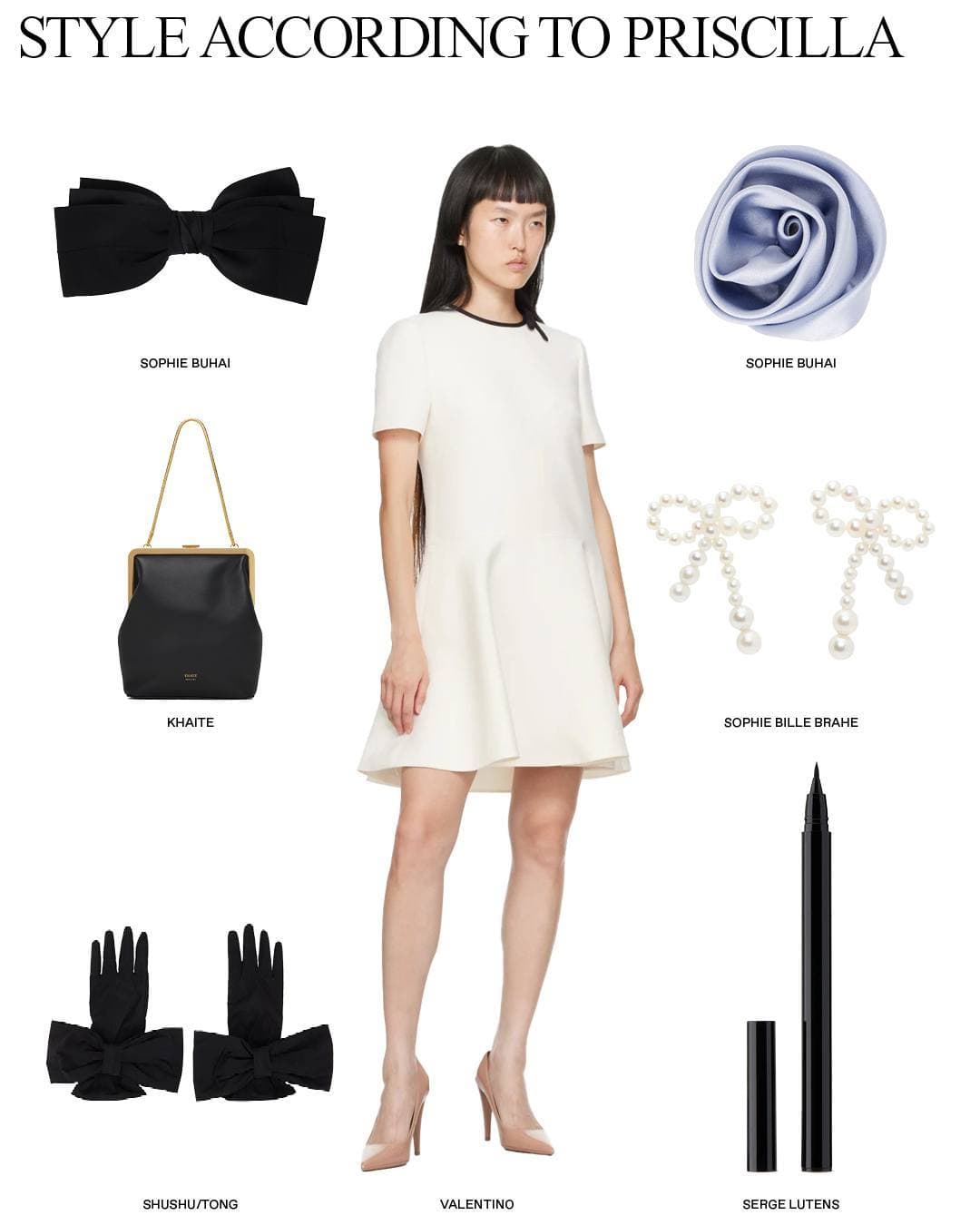
The ephemeral yet uniquely impactful character of physical retail activations offers another distinct opportunity to make a fast and focused play to existing hype before it moves on. Hosting themed events, pop-ups, or takeovers that highlight one brand or a curated selection of designers who are connected with a trend can be a smart way to generate turnover over a short course of time. Again, however, as much of the discourse is happening online in a decentralized fashion, physical retailers have to be smart in how they communicate a physical initiative digitally, and vice versa, creating engaging and interactive experiences that go beyond just shopping a trend.
Key Takeaways
Keeping up with the rapid evolution of social media trends presents logistical, financial, and communicational challenges, especially given the traditional luxury production cycle. Nonetheless, for many brands, to ignore them completely would be a missed opportunity to drive engagement and connection.
Moving forward, the key to finding a balanced and productive relationship with the breakneck pace of TikTok fashion trends lies in strategic marketing and brand positioning. As the digital discourse continues to influence consumer behavior, luxury brands can find diplomatic ways through creative marketing to engage with this conversation without sacrificing brand perception and taking unclear logistical risks. The same goes for retailers, who are in a unique position to flexibly adapt to the trends that are shaping the spaces in which they already exist.
Trends come and go, but fashion is forever – and so is smart marketing communication.
